Hampstead Village in North London really feels like a world apart from the city. Here, leafy streets, literary history, and the wild stretch of Hampstead Heath take over. As I wander through the village’s winding lanes, passing those charming old houses and quirky shops, I get why writers and artists keep coming back. Maybe it’s the quiet, or maybe it’s just that peaceful break everyone seems to crave.
The ground rises and falls, shifting from the easy slopes of the High Street up toward the wide, green sweep of the Heath. Every step feels like I’m edging closer to the countryside, even though I’m still in London.
I can easily lose track of time here, poking around hidden alleys or ducking into a pub for lunch. With London’s big landmarks just a quick train away, Hampstead feels like its own little universe. The unique landscape and tight-knit vibe create something special.
If you’re looking for nature walks, a bit of history, and a proper British pub, this is a pretty good place to start your escape.
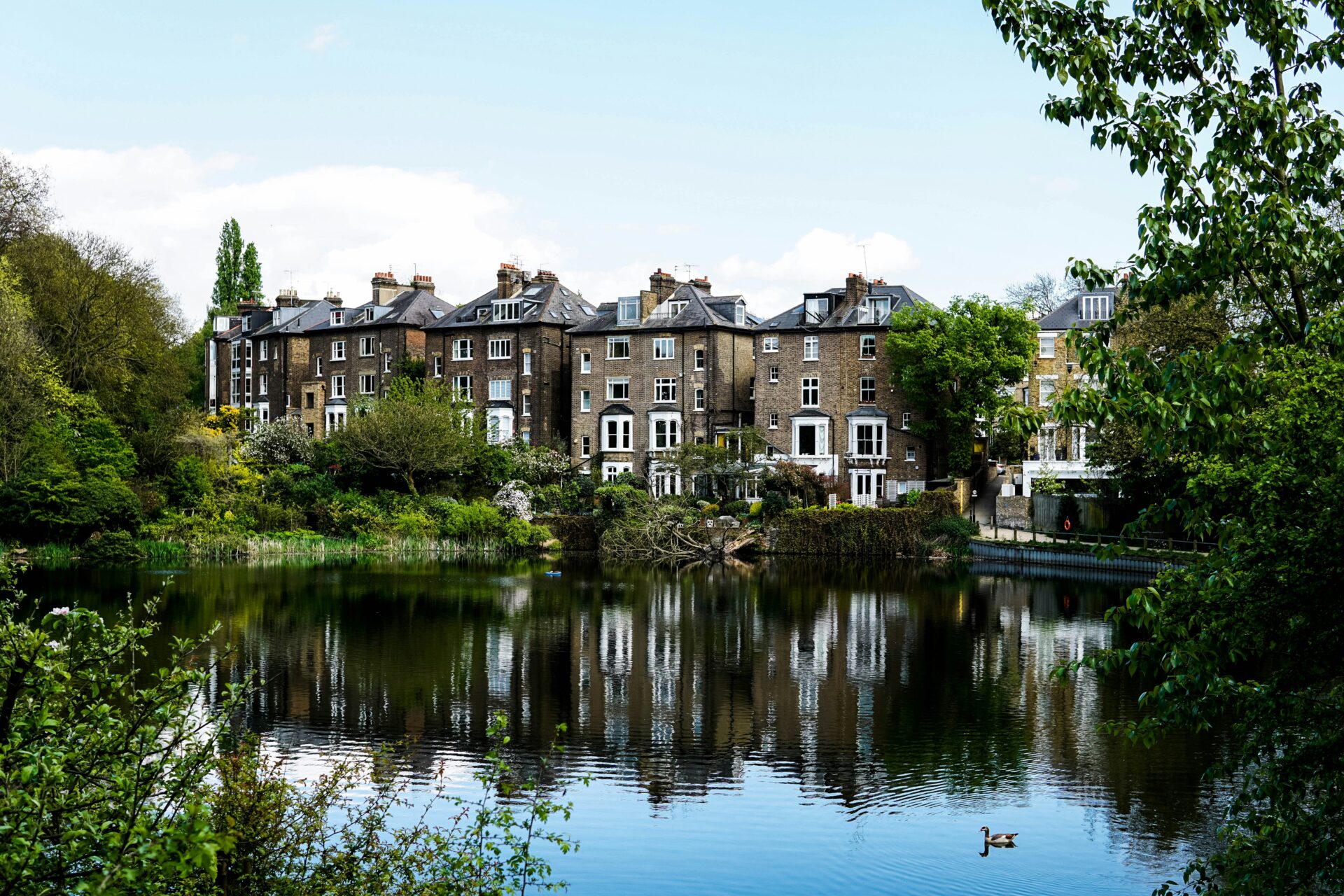
The Village Charm: Exploring Hampstead’s Historic Heart
When I step into Hampstead, the city’s noise just drops away. Old brick houses and leafy lanes set a different pace.
Historic spots and hidden corners give this part of London its character. It almost feels like you’ve stepped into a storybook.
Timeless Streets and Classic Architecture
Hampstead’s narrow lanes twist and turn, lined by houses with brick fronts, steep roofs, and those tall sash windows you see in old paintings. Some homes date back to the 1700s or 1800s. Blue plaques pop up everywhere, hinting at the artists, writers, and scientists who once lived inside.
I love walking along Flask Walk and Church Row. The cobblestones here feel like they’ve seen centuries of footsteps. It’s easy to picture life from long ago.
Most of these houses are private now, but the architecture shines from the street. Wrought iron railings, carved doorways, and small leafy gardens make the whole area a treat for anyone who loves old London.

Hampstead High Street: Boutiques and Cafés
Hampstead High Street buzzes with life. Independent shops, tiny boutiques, and a crowd of cozy cafés and bakeries fill the main drag.
I usually start my mornings with a stroll here. The smell of fresh pastries from Gail’s Bakery drifts out onto the street. Bookshops invite you in for a slow browse, especially when it’s raining.
Designer boutiques and specialty stores line the street, each with its own vibe. I like to pop into the cheese shop or grab a coffee at a pavement café, just to watch everyone go by.
Even on busy weekends, the village feel sticks around. People always seem ready to chat about their favorite hidden corners.
Notable Stops:
- Gail’s Bakery
- Daunt Books
- Hampstead Butcher & Providore
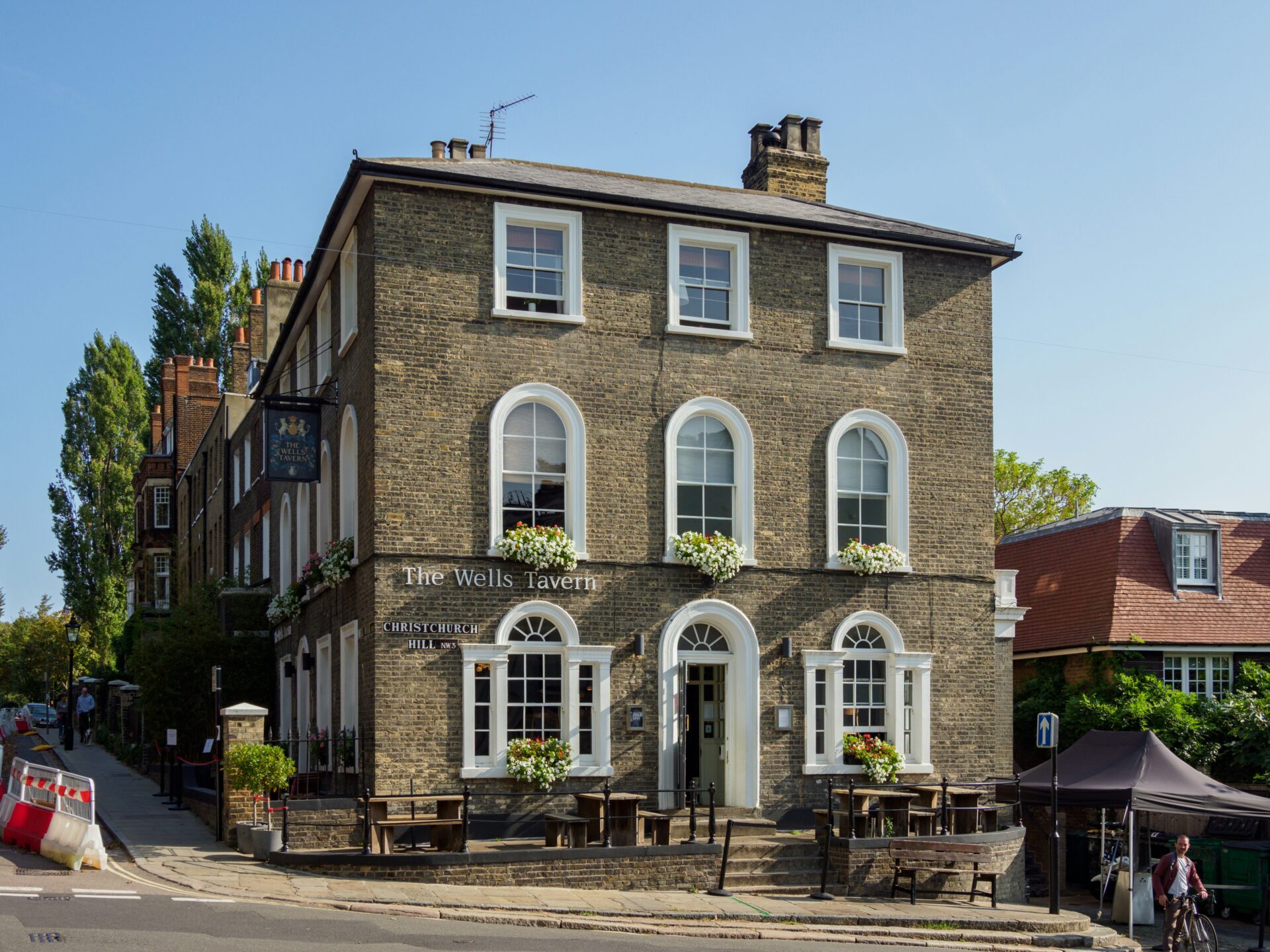
Hidden Corners and Secret Gardens
Hampstead hides all sorts of leafy paths and shady alleys beyond the main roads. Every visit, I still manage to find a new corner or a tucked-away garden.
The Pergola and Hill Gardens stand out—a raised walkway covered in vines, looking out over neat gardens. Not far off, old churchyards offer benches under ancient yew trees. Locals bring a book or a sandwich and just soak up the peace.
Some secret gardens open their gates to visitors, while others peek out from behind stone walls. I’ve found wandering with no plan is the best way to stumble onto them.
That sense of discovery keeps Hampstead’s streets feeling fresh, no matter how many times I visit.
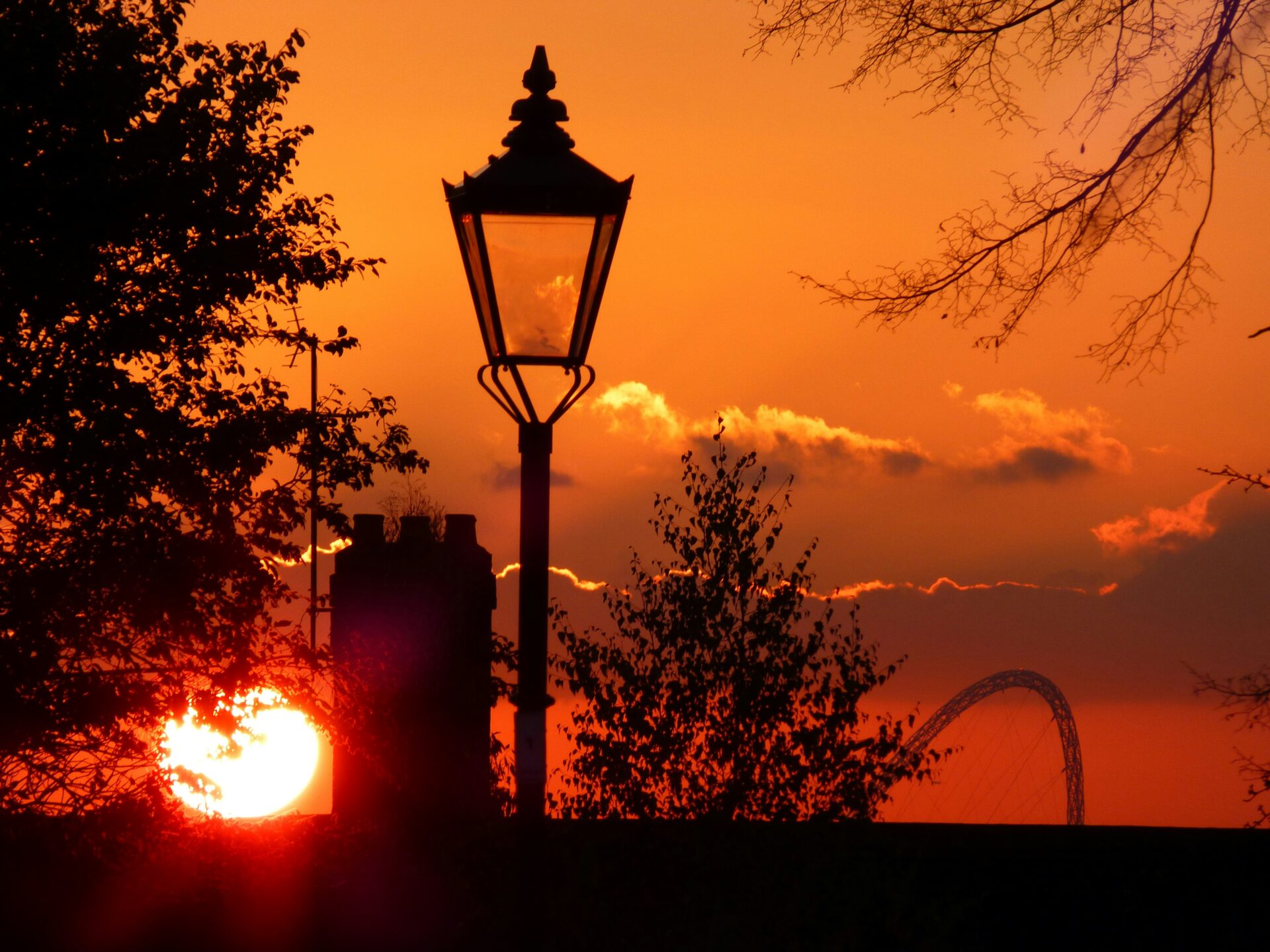
Hampstead Heath: Nature, Walks, and Outdoor Escapes
Hampstead Heath gives me wild beauty, sweeping city views, and a real break from London’s crowds. The walking trails, swimming ponds, and green lawns attract artists, joggers, and anyone needing a breath of fresh air.
It’s a place where I can just breathe and let the city fade away for a while.
Trails, Views, and Open Spaces
Every time I wander the Heath’s winding trails, I feel free. The place spreads out over 800 acres—woodland paths, rolling meadows, and quiet spots for a picnic.
Primrose Hill has some of the best skyline views in London. Parliament Hill is my go-to for sunrise or the occasional kite-flying session.
Families, runners, and happy dogs fill the open fields. There’s space to kick a football, read under a tree, or just sit and watch the city from a distance.
The Heath’s wild, unstyled nature makes every visit feel new. I’m always surprised by how different it feels from central London, even though it’s so close.
The hills, old oaks, and wide-open spaces turn a simple walk into a calming reset for my mind.
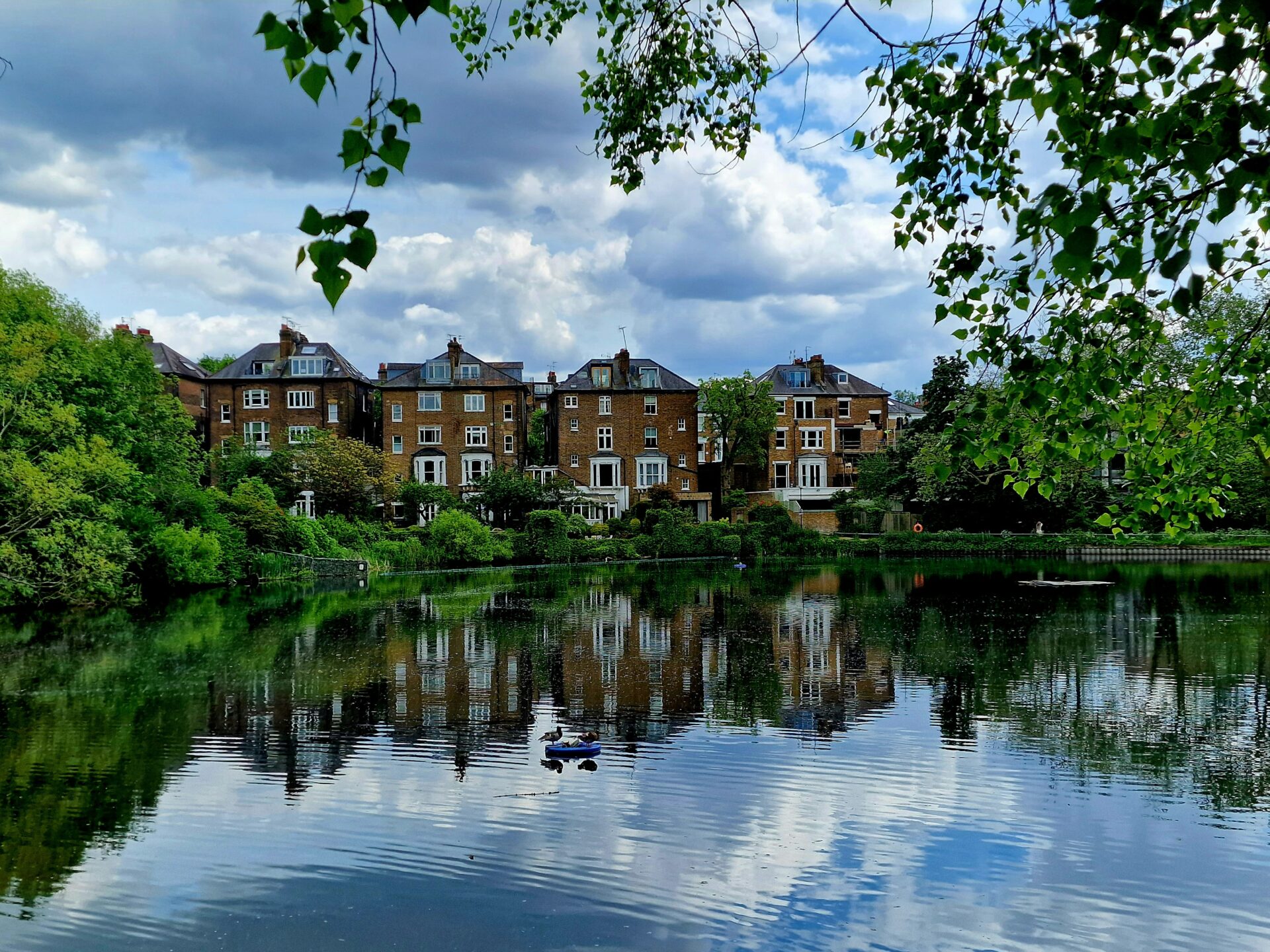
Swimming Ponds and Wild Areas
Hampstead Heath’s swimming ponds are a classic London experience. There’s the Men’s Pond, Women’s Pond, and Mixed Pond—open all year, though you’ll need to brace yourself for the cold outside summer.
Taking a dip here connects me to nature in a way nothing else in the city does. Reeds, kingfishers, and the smell of fresh grass surround you.
Wildlife thrives in the rougher parts of the Heath. I often spot foxes or squirrels darting across the paths. Birdsong fills the air.
The ponds, fed by local springs, bring wild swimming to the city. People come to swim, watch birds, or just relax in the untamed beauty.
For me, these wild ponds offer a rare chance to reset and meet others looking for the same. It’s a simple pleasure that makes city life easier to handle.
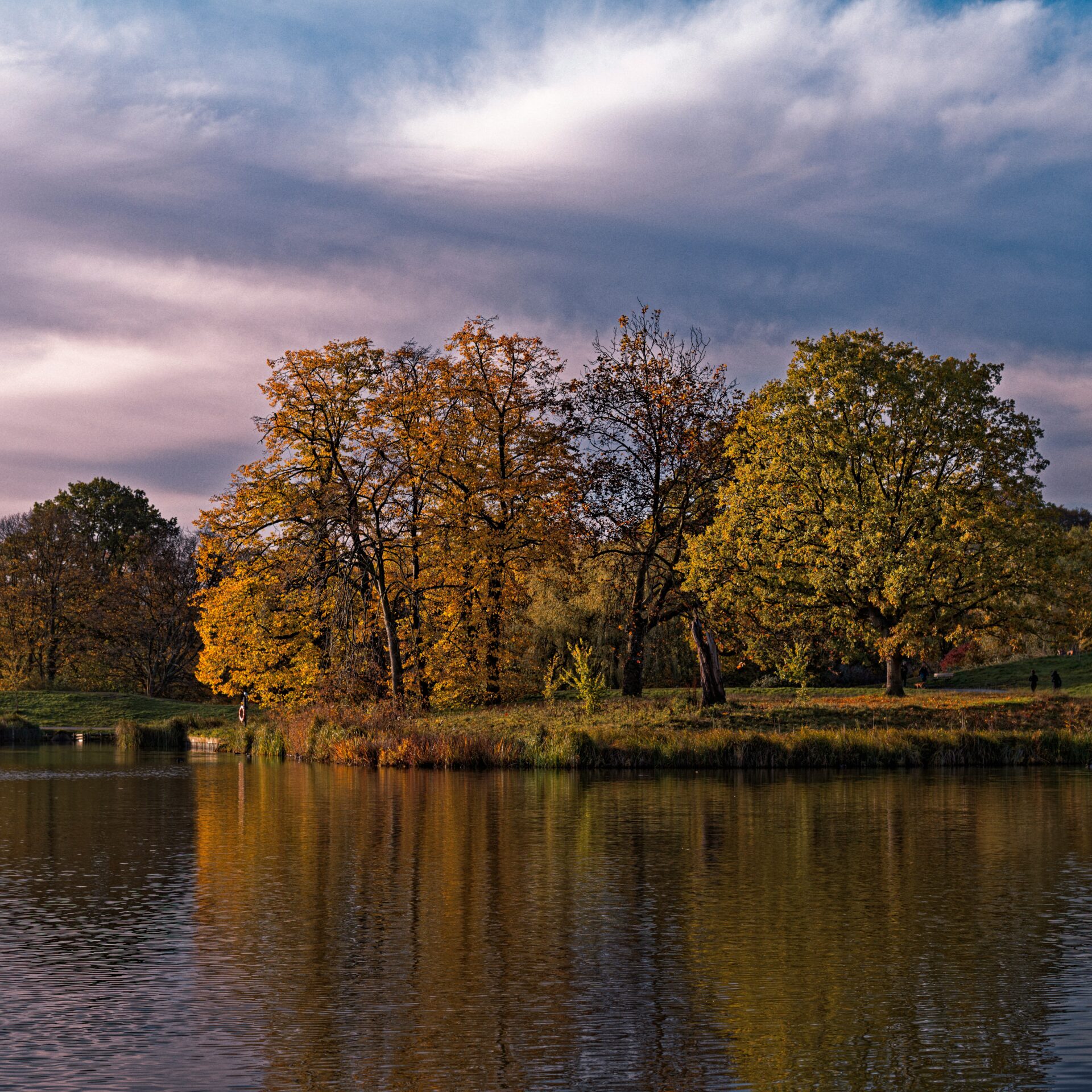
Terraced Garden and Waterlow Park
On the Heath’s southern end, I find the Hill Garden and Pergola. It’s more formal here—manicured lawns, stone steps, and climbing roses everywhere. The long pergola, draped in wisteria, feels a bit like a secret garden.
Early mornings, I sometimes walk through and almost forget I’m in London at all.
A short walk away, Waterlow Park sits on Highgate Hill. The park feels peaceful, with ponds, lush lawns, and winding paths. I like to take a seat on a bench overlooking the city, especially when the flowers hit their stride.
Open spaces here are perfect for quiet reflection, sketching, or just wandering with no rush.
Waterlow Park stays quieter than the busier parts of the Heath. I come here when I want a real break from city crowds.
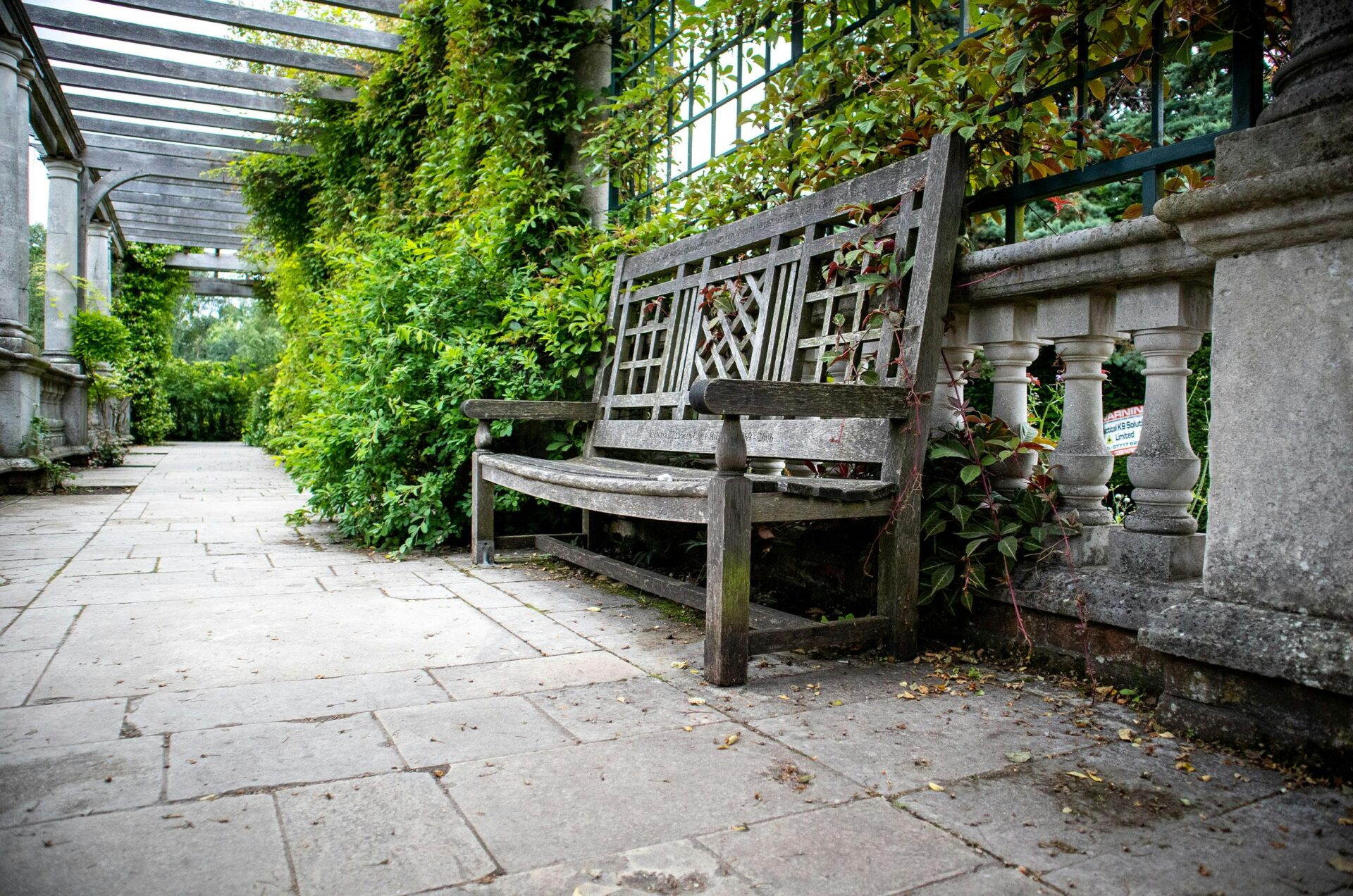
Hampstead’s Connection to Health and Wellbeing
The air on Hampstead Heath just feels cleaner. People have believed in its health benefits for centuries. Victorian Londoners escaped the smog by heading to the Heath for a bit of fresh air and rest.
Even now, doctors sometimes tell people to walk or exercise here for their health. I find that a run, a walk, or just a few deep breaths by the ponds always helps my mood.
People use the Heath for everything—sports, quiet moments, big gatherings. It all comes back to the idea of finding health and happiness in nature.
I feel lucky to be part of that tradition, even if it’s just for a morning walk.
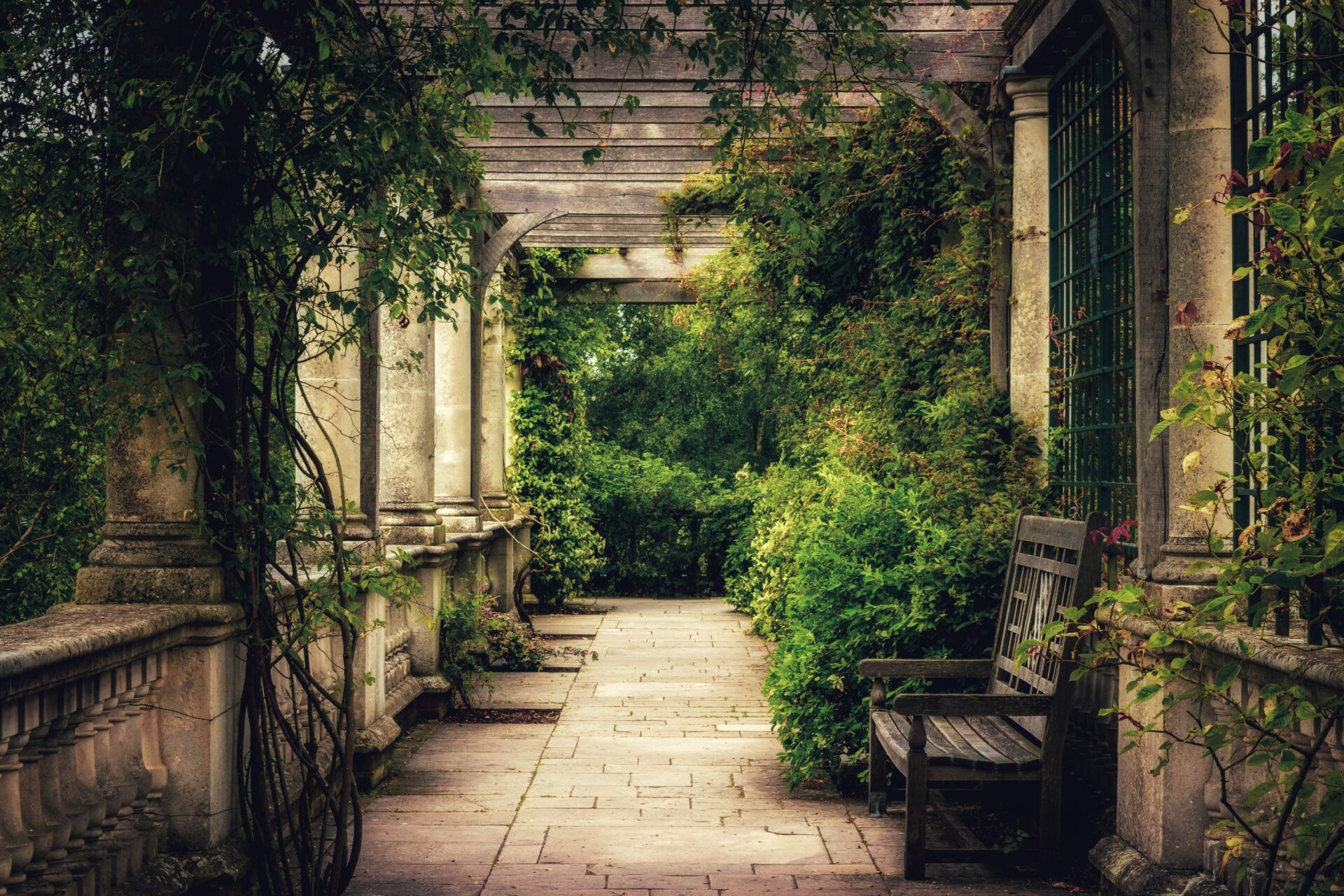
Literary Legends and Artistic Inspiration
Every step through Hampstead puts me in the middle of centuries of writing and creative thought. The old pubs and shady lanes still echo with stories from writers and artists who lived here.
It’s easy to see why classic literature finds its way into Hampstead’s corners. The love for reading hangs in the air.
Famous Writers and Literary Associations
Hampstead has drawn England’s literary giants for ages. John Keats spent his last years here. I like to linger at Keats House, now a small museum celebrating his poetry.
The garden is quiet, and I can almost picture him scribbling out “Ode to a Nightingale” under the trees.
Charles Dickens found ideas in these streets and woods. D.H. Lawrence and George Eliot also had strong ties to the area. Their books often reference Hampstead, turning the village into a character of its own.
Blue plaques mark the homes of poets, journalists, and artists. As I walk, I spot names that keep London’s literary spirit alive.

Bookshops and The Spirit of Reading
If you love bookshops, Hampstead is a dream. Shelves mix new releases, old favorites, and rare finds. I always feel like I might stumble on something special.
Staff usually offer personal recommendations, whether I’m hunting for a George Eliot novel or something brand new.
Many shops host reading groups, author events, and talks about copyright or classic writing. These turn a slow afternoon into a real literary experience.
Community boards list writing workshops and ebook swaps, bringing everyone together.
Reading feels natural here. Cafés buzz with people lost in novels or chatting about the latest adaptation. It’s a place where reading is more than a hobby—it’s a way of life.
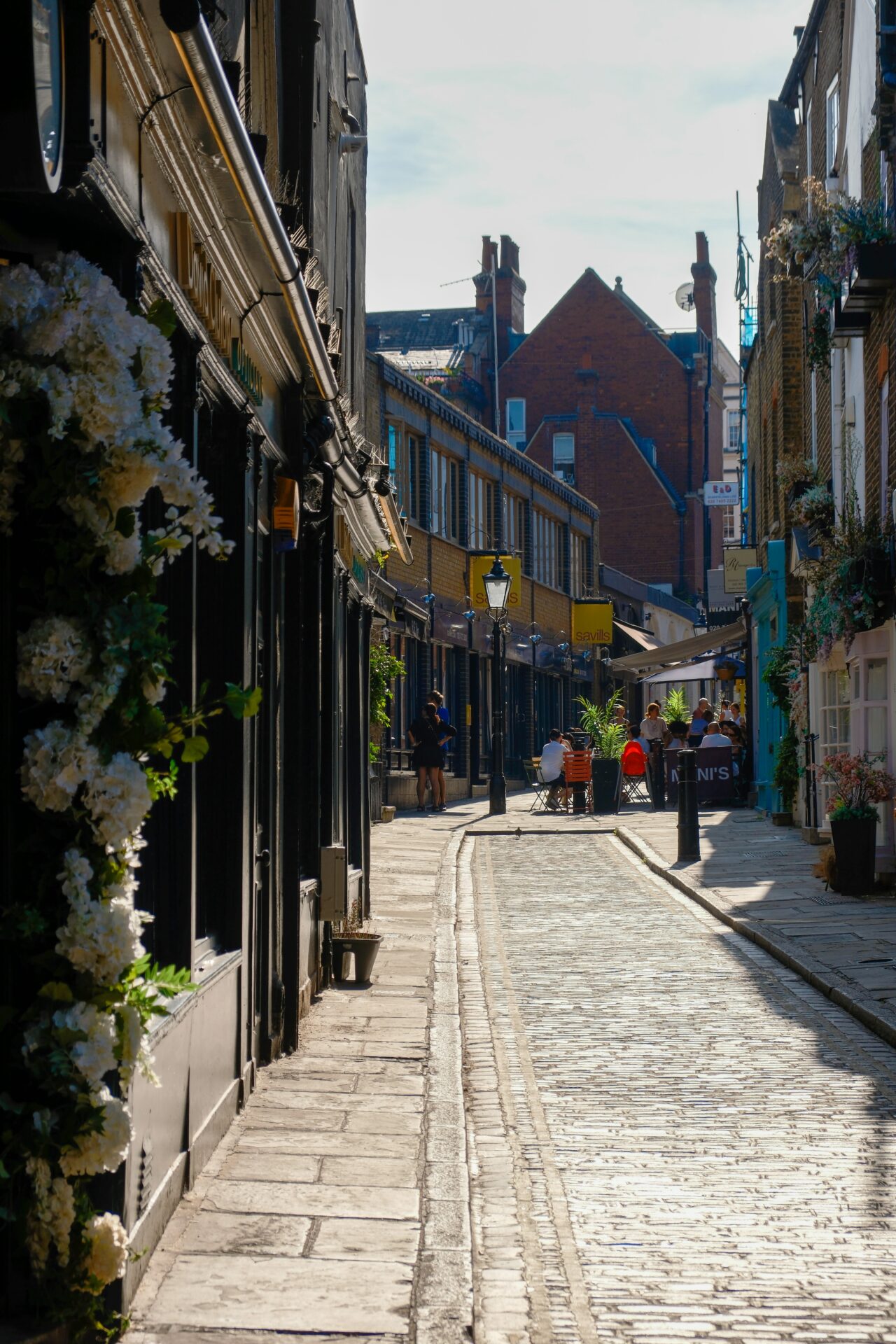
Hampstead in Literature and Symbolism
Hampstead isn’t just a setting; it’s a symbol. Writers use its green spaces and winding paths to talk about escape, inspiration, and self-discovery.
When I cross the Heath, I get why so many authors—from poets to journalists—use this landscape as a metaphor.
Dickens wove Hampstead’s leafy lanes into scenes that reveal social context and struggle. George Eliot used the village as a quiet backdrop for her characters’ journeys.
Biographies and old papers mention how Hampstead’s mix of countryside and city gave writers freedom to experiment and explore.
For anyone who loves literary history, just being here feels like living inside a story.
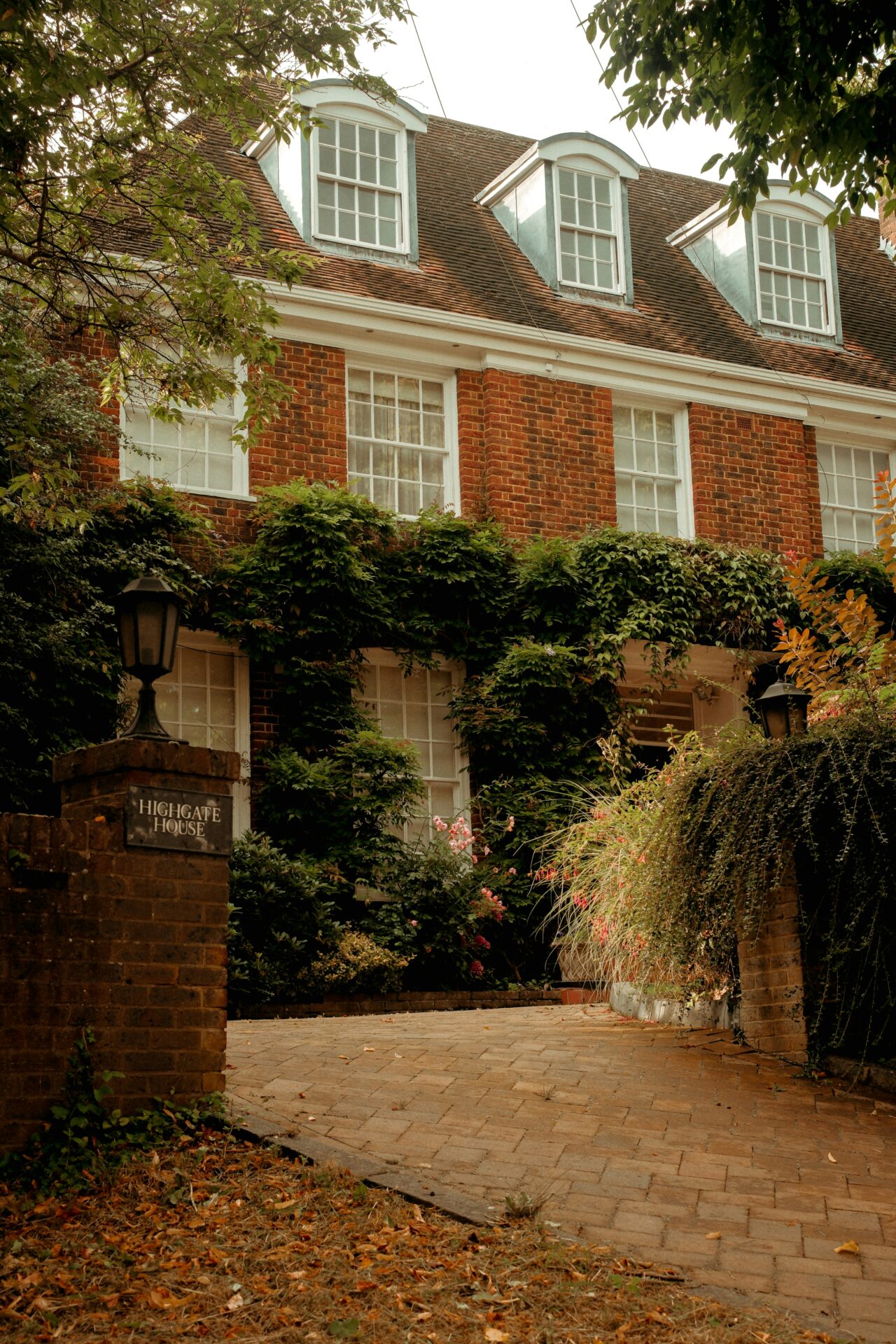
Traditional Pubs, Inns, and Culinary Escapes
Hampstead brims with public houses, old inns, and cozy cafés that beg you to slow down and savor the moment. The villages around the Heath offer a tempting mix of historic pubs, homey lunch spots, and modern twists on classic British fare.
Historic Public Houses and Old Inns
As I wander Hampstead’s leafy lanes, I stumble onto some of London’s most storied pubs. The Holly Bush, tucked away on a quiet street, welcomes you with low beams and a roaring fire. It’s easy to picture poets and artists swapping stories here over a pint.
Not far off sits the Spaniards Inn, a true relic from the 16th century. This old wayside inn once hosted highwaymen, writers, and the occasional traveler. Eating fish and chips in a creaky wooden booth, I feel like history sits right beside me.
Down the road, the Flask has its own tales to tell. Regulars and curious wanderers fill the place, with stained glass windows and a legend or two adding to the mood.
Walking into these old inns, I feel both a warm welcome and a living link to London’s past.
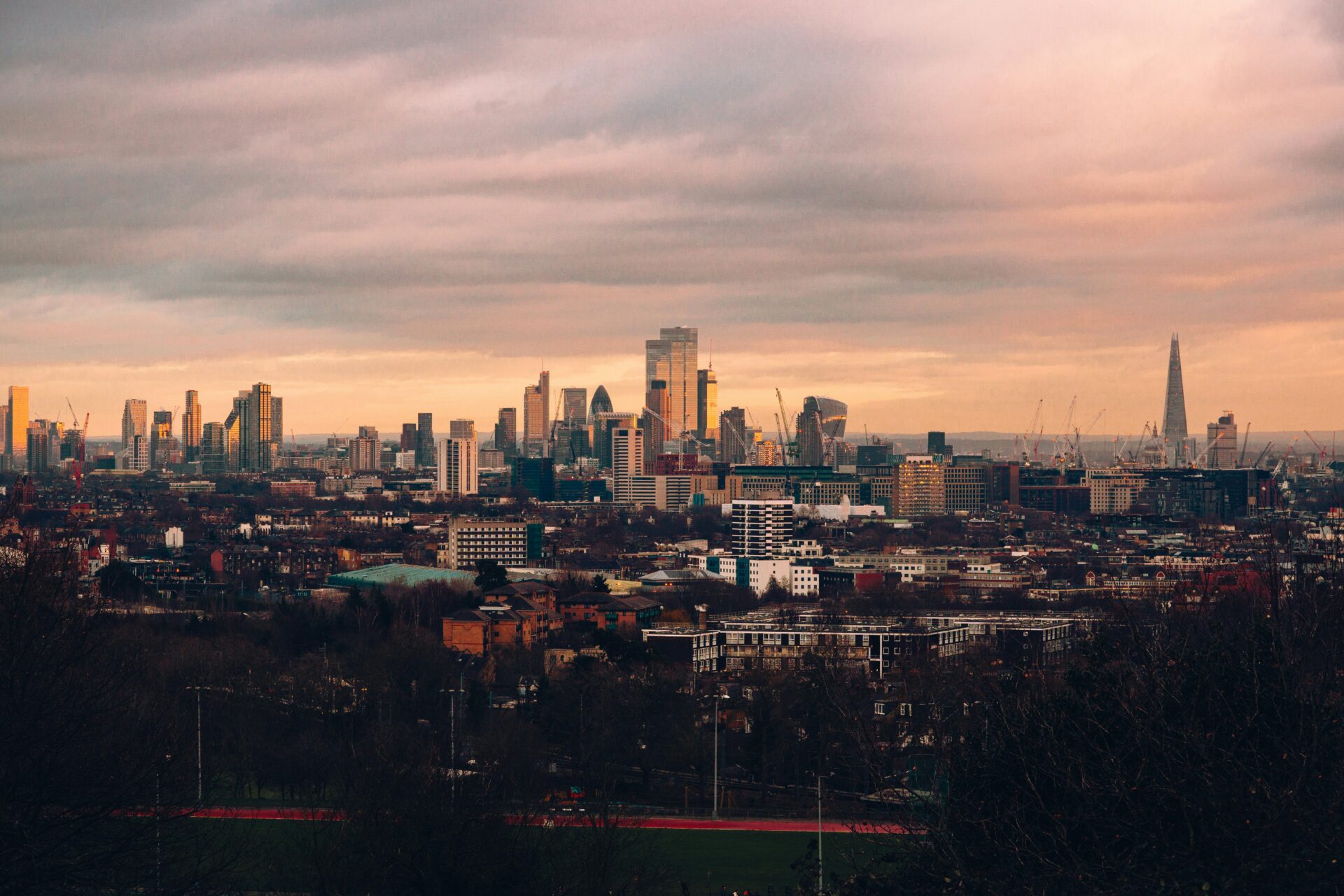
Pub Lunches and Cozy Cafés
After wandering the Heath, nothing beats sinking into a pub for a hearty lunch or snagging a quiet table at a café. Hampstead’s pubs don’t just pour pints—they serve up fresh roasts and seasonal pies, especially at The Wells Tavern or The Bull & Last.
On Sundays, families pile their plates high with Yorkshire puddings and veggies. It’s a scene that never really gets old.
If you’re after something lighter, Hampstead’s coffee shops have you covered. Tables spill out onto Heath Street, locals sipping strong coffee and nibbling pastries while the world goes by. You’ll spot plenty of plant-based dishes and alcohol-free options, too—vegetarianism and teetotalism fit right in here.
Honestly, it feels like everyone’s welcome, whether you’re splurging or just grabbing a quick bite.
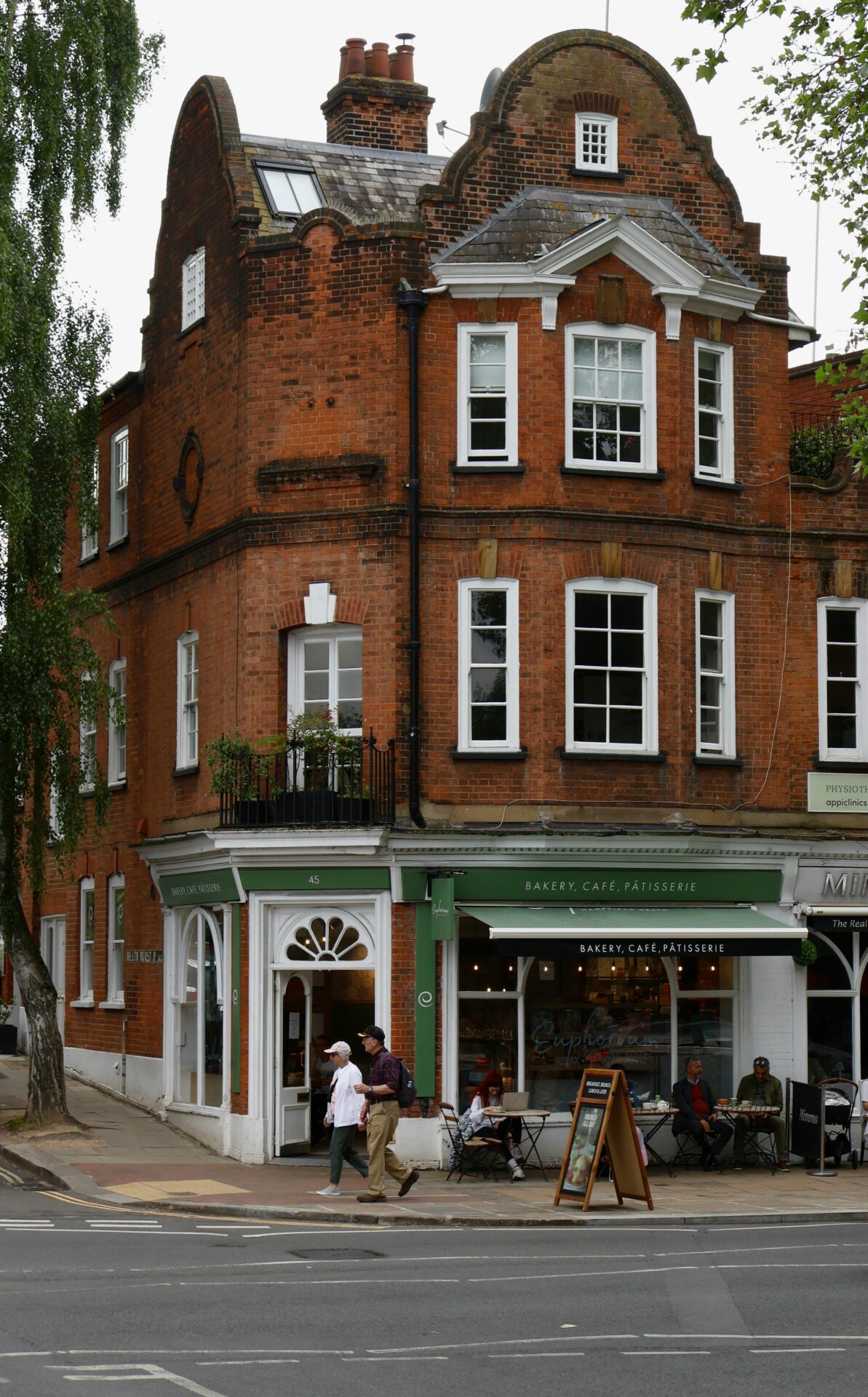
Modern Hospitality Meets Classic Charm
Newcomers shake things up with modern flair, but they don’t ditch the classic pub traditions. A lot of Hampstead’s pubs now have stylish interiors and creative menus, yet laughter and debate still fill the rooms.
Even when old inns update their look, they keep that lived-in atmosphere. You’ll find craft beers, local ales, and fancy bar snacks right alongside wood-paneled rooms and scuffed-up furniture.
Trends come and go, but people here seem to care more about good stories, good company, and comfort food.
Some days I’ll meet friends for a quick pint, other times I’ll try a vegan cake or just hide from the rain with a book. Hampstead’s pubs and cafés always manage to feel like a little escape from the city rush.
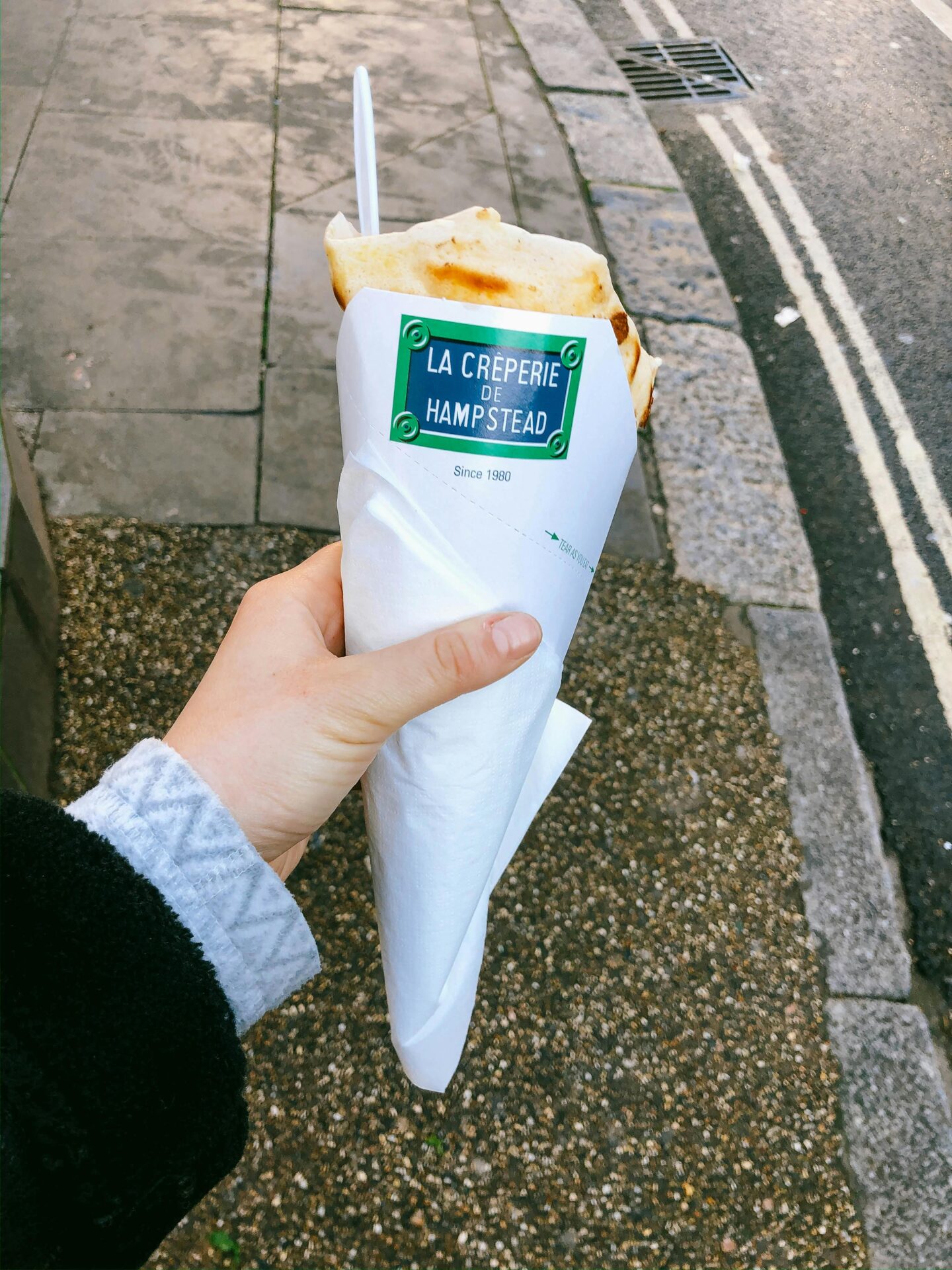
Notable Neighbours and Nearby Attractions
Hampstead sits surrounded by neighborhoods full of character, green spaces, and a few legendary addresses. You never really run out of history or creative energy to stumble into.
Highgate Cemetery: History and Celebrities
Highgate Cemetery waits just a short walk from Hampstead, and it kind of feels like stepping into Gothic history. I always get caught up in its winding paths and mossy gravestones—there’s something poetic and a bit mysterious about the place.
Some of Britain’s most famous names rest here: Karl Marx, George Eliot, Douglas Adams. The cemetery splits into two parts. The West Cemetery only allows guided tours, but the East lets you wander at your own pace.
Book a West tour if you want to see the Victorian mausoleums and the striking Egyptian Avenue. It’s worth it.
A few highlights:
- Karl Marx Memorial: This big, imposing bust stands out among the stones.
- Overgrown Hidden Corners: Great for photos or a quiet pause.
I love how history, art, and nature all meet here.

Primrose Hill and Panoramic Vistas
Primrose Hill sits just south of Hampstead Heath, and honestly, it’s my favorite London view. The climb isn’t tough, and at the top, the city skyline just opens up in front of you.
I like going at sunset. The lights start to flicker on, the air softens, and the park fills with dog walkers, joggers, and people unrolling picnic blankets. You can spot The Shard, St Paul’s, and the London Eye from up there.
Sometimes you might even spot a celebrity or two out for a stroll. The area’s got pastel townhouses, cute cafés, and it’s close to Regent’s Park—perfect for a laid-back afternoon.
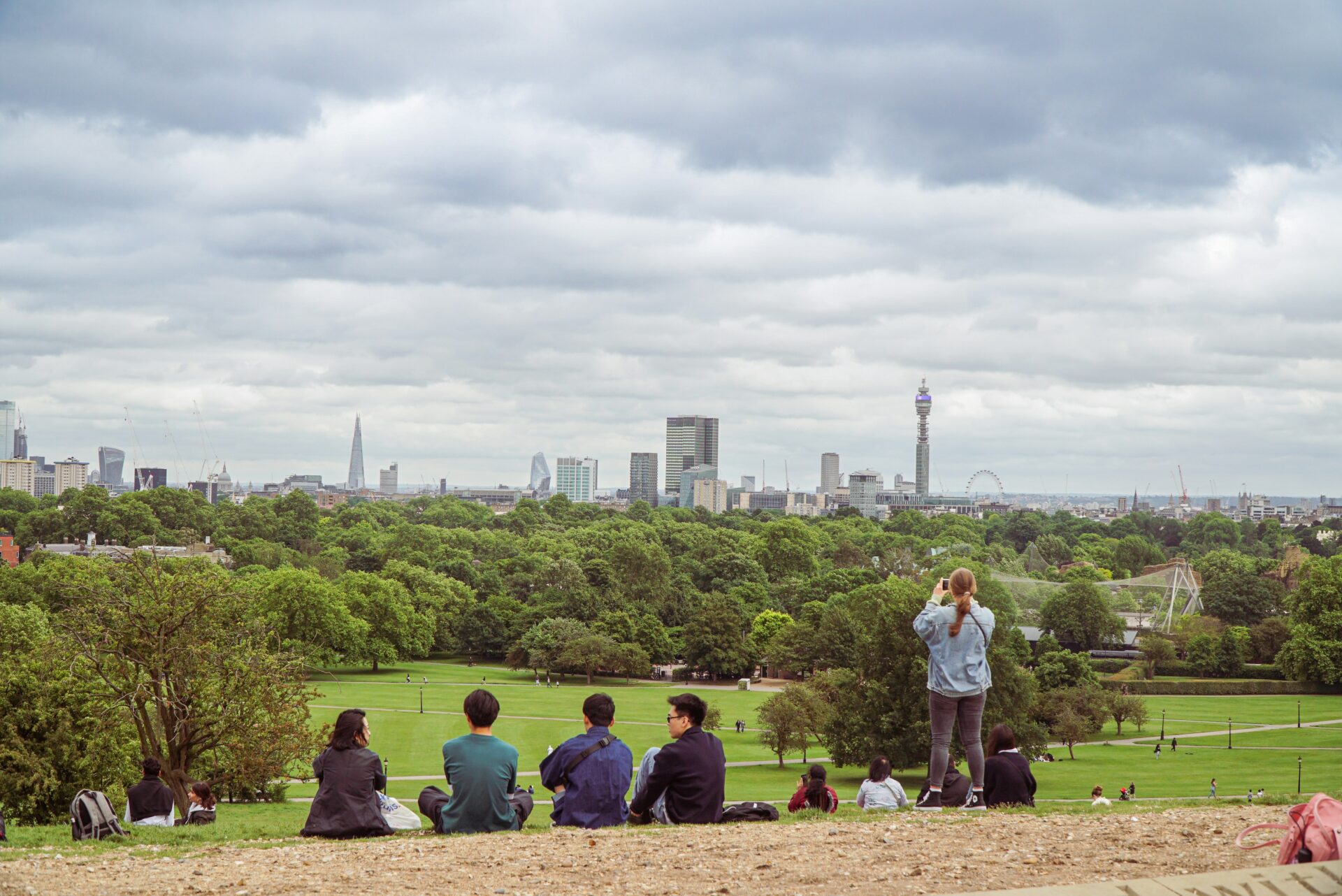
Village Hopping: Chelsea, Marylebone & More
One thing I really like about Hampstead? It’s so easy to hop over to nearby neighborhoods, each with its own vibe. A short tube ride or a brisk walk drops you in Chelsea, with elegant streets, boutiques, and the Saatchi Gallery.
Kensington and South Kensington lure you in with museums, while Belgravia’s garden squares and grand houses always feel a bit mysterious.
Marylebone’s high street is packed with bookshops, cheese mongers, and indie cafés. I never get bored wandering there. If I’m craving a change, Edgware and Mayfair show off a splash of luxury, and Notting Hill’s pastel homes and markets make for a pretty ideal weekend.
If you’re up for a day trip, Dulwich gives off a village vibe right near the city, while Greenwich Park offers royal history and sweeping Thames views. There’s always something new nearby, and each spot adds a fresh layer to the London experience.
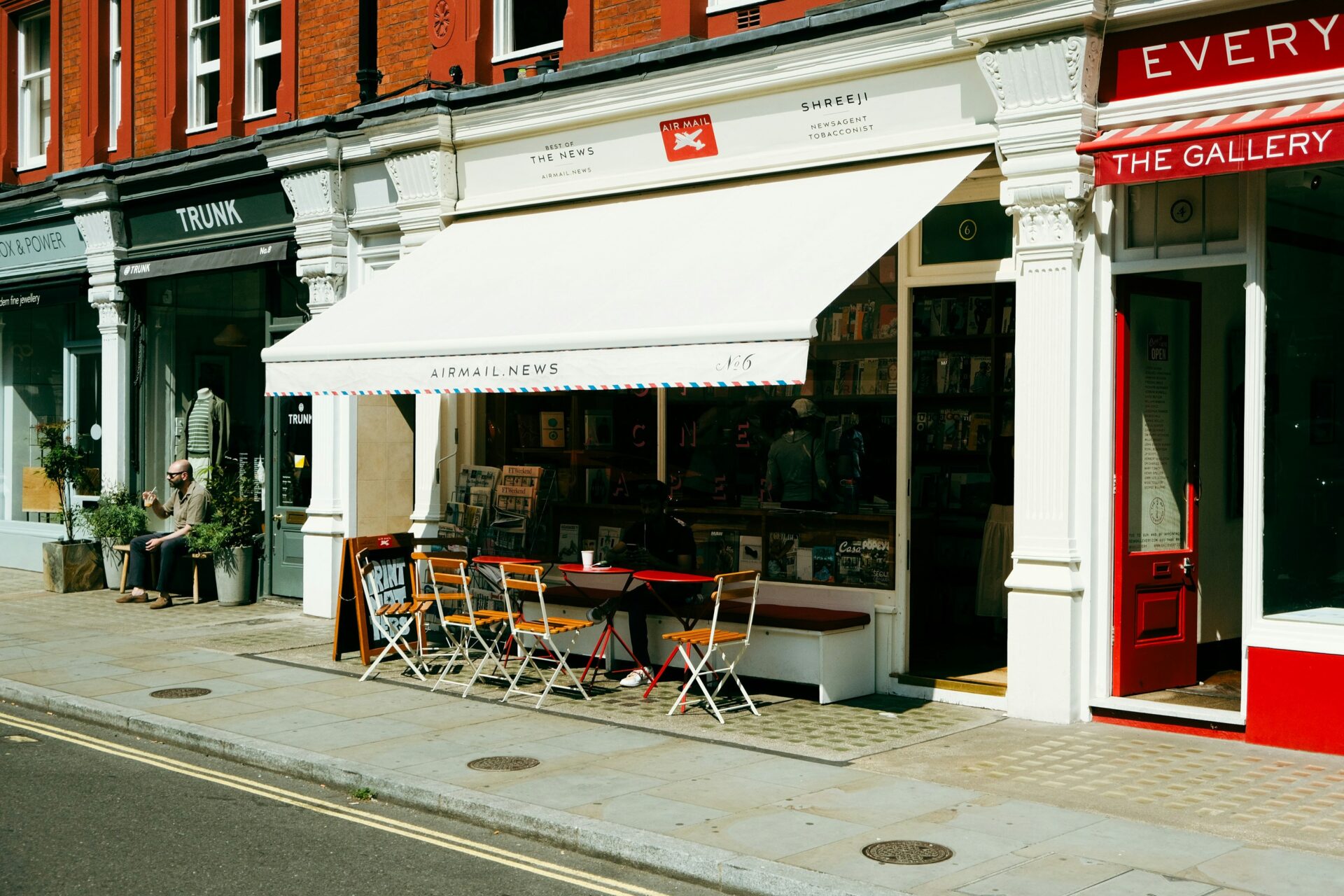
Living in Hampstead: Community and Lifestyle
Hampstead feels like a close-knit village, but you still get all the perks of city life. I’ve seen all sorts of housing, active clubs, and a mix of influences from Victorian times to now.
Housing, Independence, and Settlement
Finding a place in Hampstead can turn into an adventure. Narrow lanes hide rows of Victorian terraces, grand old mansions, and modern apartments.
Here’s a quick breakdown of what you’ll see:
| Type | Description |
|---|---|
| Victorian Terraces | Rows of brick homes with small gardens |
| Detached Villas | Standalone, larger houses, often historic |
| Modern Flats | Purpose-built apartments |
| Cottages | Cozy, often in lanes or near the Heath |
People move here for independence but also to belong. I’ve met neighbors from all walks—authors, lawyers, even a retired merchant who joked about the “days of the commercial traveller.” Hampstead’s roots go way back, when noblemen and merchants wanted a small town just outside London.
The London County Council shaped a lot of the area’s growth, but today’s residents—many working in what Victorians called “mental work”—seem to enjoy privacy and still stay connected to a lively community.
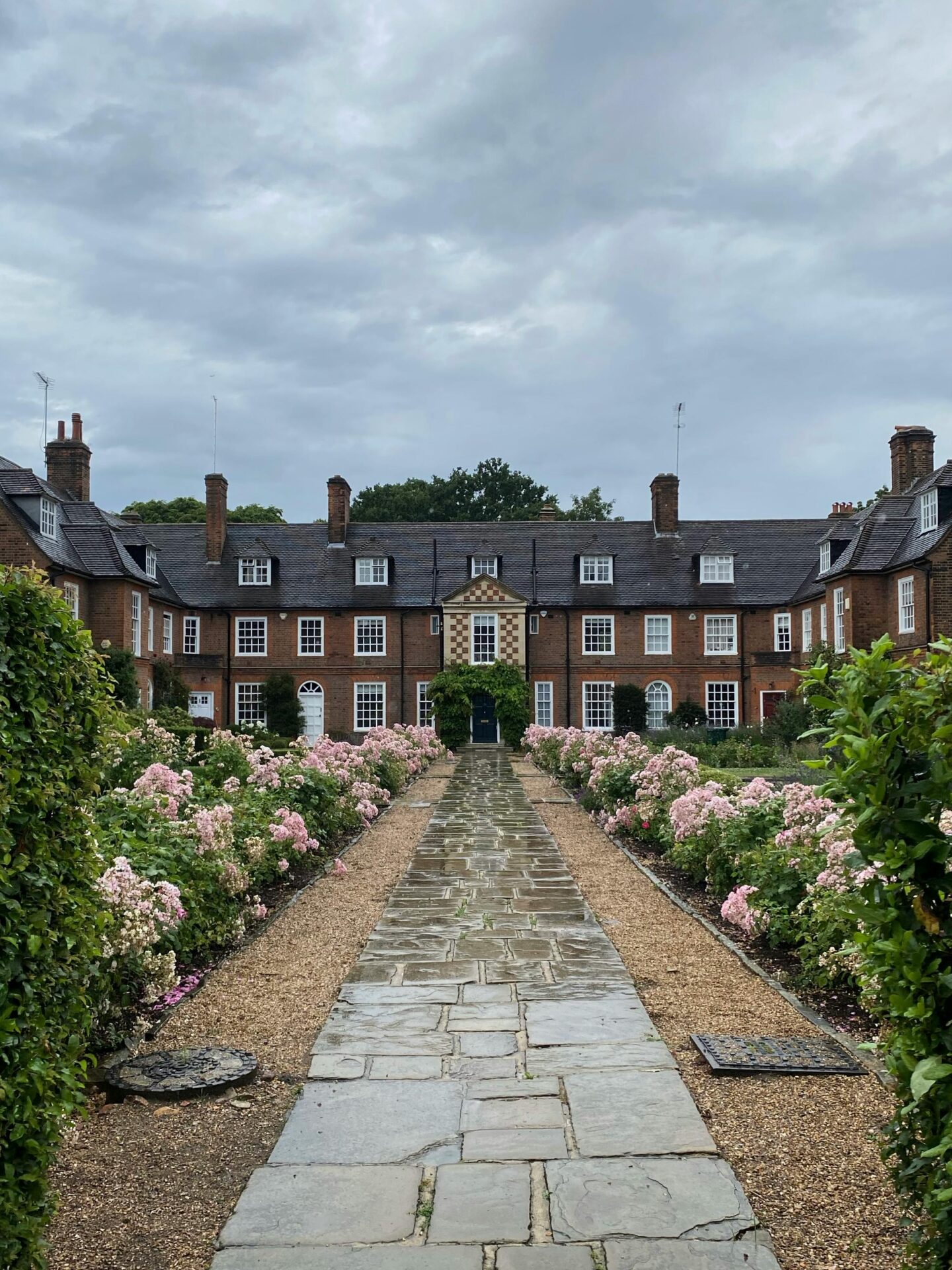
Clubs, Social Life, and Local Philanthropy
Once I settled in, I started noticing the strong social fabric. Walk past the cricket club and you’ll hear cheers and laughter. There are garden societies, literary salons, and choirs that meet every week.
Community noticeboards advertise arts talks, volunteer chances, and charity events. Fundraising fairs and local philanthropy projects pop up regularly, and some clubs trace their roots back to Victorian times, when nobles supported everything from libraries to mental health causes.
Pubs like the Spaniards Inn and The Flask double as gathering spots. I always feel welcome, whether I’m making new friends over a Sunday roast or jumping into a quiz night.
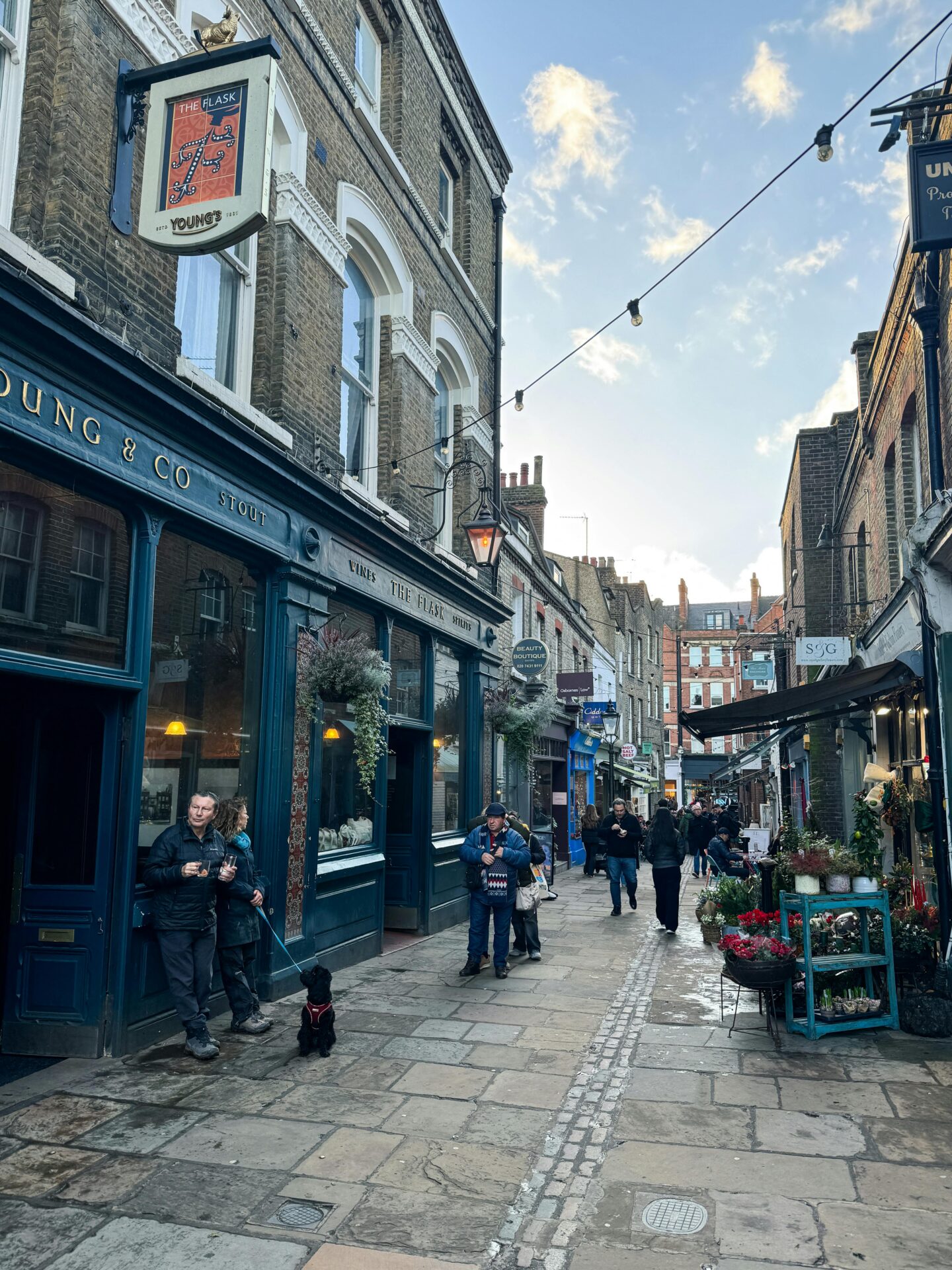
From Victorian Period to Today: Changes in Style
Hampstead’s character has changed a lot since the Victorian period. When I stroll down High Street, I can almost hear those echoes of history—carriages rattling by, commercial travellers hustling. Now, independent shops and quirky boutiques line the street.
Victorian houses, with their bay windows and ornate details, still shape the look of many roads. Over the years, the suburb became more artistic and intellectual.
Literary circles popped up everywhere. Poets, artists, and writers once called this place home.
These days, Hampstead welcomes families, professionals, and creatives. Old traditions and modern life blend together in ways that just work.
New builds try to fit in with the leafy, historic vibe. Green spaces remain at the heart of the area.
Here, the past and present mix in a way that feels effortless. Hampstead offers a lifestyle rooted in independence and a strong sense of community.

